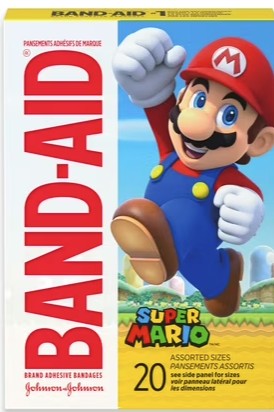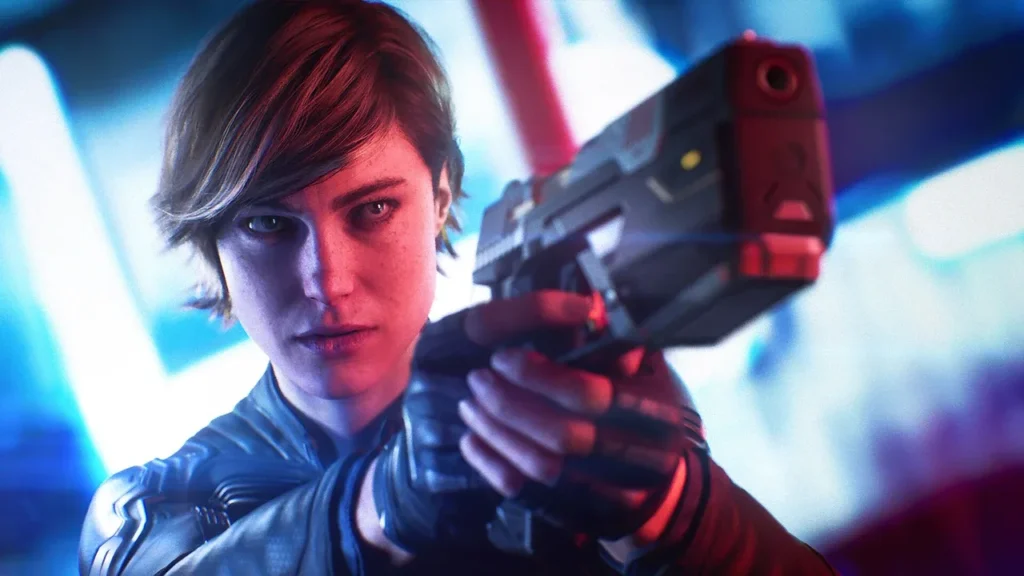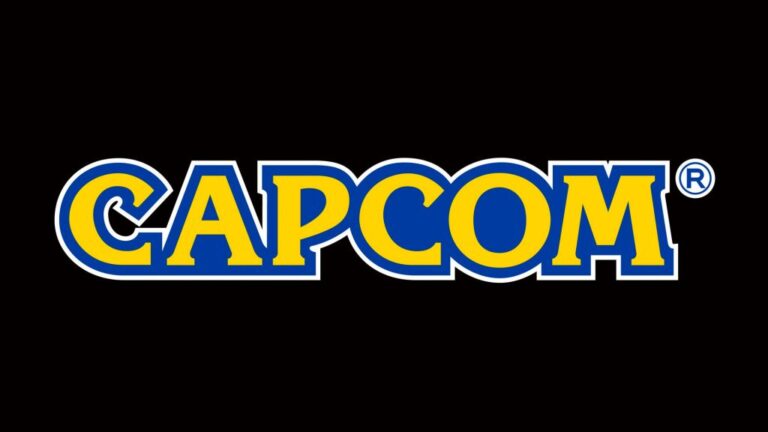Main Navigation Menu
© 2025 Tech Jacks Soutions, All Rights Reserved
© 2025 Tech Jacks Soutions, All Rights Reserved
September 03, 2025
Your 3-minute gaming briefing without the noise

Nintendo’s Backwards Compatibility Band-Aids
Nintendo’s latest “general system stability” update quietly fixed backwards compatibility for several Switch games, while Super Mario Party Jamboree received a specific patch enabling 1080p handheld resolution on Switch 2. These silent improvements highlight both Nintendo’s technical capabilities and their reactive approach to a fundamental platform limitation.
The core issue stems from Switch 2’s 1080p handheld display attempting to upscale games originally designed for 720p handheld rendering. When games internally render at higher resolutions but get downscaled for Switch 1’s screen, the transition works smoothly. However, titles locked to 720p internal rendering create blurry, stretched visuals on Switch 2’s higher-resolution display.
Nintendo’s fix-by-fix approach suggests they’re addressing compatibility issues as they arise rather than implementing systematic solutions. Games like NieR: Automata remain problematic, running at 30fps with visual compromises that Switch 2’s hardware could easily eliminate. The selective nature of these updates suggests that resource allocation decisions are at play rather than technical limitations.
This piecemeal strategy differs markedly from Sony’s comprehensive PS5 backwards compatibility or Microsoft’s extensive Xbox backward compatibility program. Nintendo appears committed to supporting legacy titles, but only when specific problems generate enough attention to warrant individual patches.
The Pattern: Nintendo fixes what breaks rather than proactively optimizing what could improve. This reactive approach works for critical compatibility issues but leaves performance improvements on the table.

Bloomberg’s report that Take-Two Interactive nearly acquired Perfect Dark publishing rights reveals how corporate politics kill promising game development. The deal collapsed when Microsoft, Take-Two, and Embracer couldn’t agree on long-term franchise ownership – a business dispute that had nothing to do with the game’s development viability.
Crystal Dynamics had made significant progress on Perfect Dark’s revival, leveraging their experience to support The Initiative’s creative vision. The combination of a smaller, agile creative team with an experienced development powerhouse represented a reasonable approach to reviving a dormant franchise.
The failed negotiation highlights a fundamental industry issue: IP ownership often takes precedence over development capability or market demand. Perfect Dark’s cancellation wasn’t due to creative failure, technical limitations, or market conditions. Corporate lawyers were unable to structure a deal that satisfied all parties’ long-term IP interests.
This represents a broader trend where valuable game properties remain unexploited because ownership structures prevent reasonable collaboration. The gaming industry’s IP hoarding mentality creates artificial scarcity that serves no one – not developers, publishers, or players.
The Reality: Perfect Dark had funding, experienced developers, and market interest. It died because three companies couldn’t agree on who would own it after publication. Business politics trumped creative potential.

Capcom’s Pricing Honesty
Capcom President Haruhiro Tsujimoto’s frank assessment of PS5 pricing barriers cuts through typical corporate marketing speak. His acknowledgment that 100,000 yen ($700+ USD equivalent including software and subscriptions) creates accessibility problems, especially for younger gamers, validates what many suspected but few companies admit publicly.
The contrast with Switch 2’s 49,980 yen price point – generating “better than expected” response – reveals Capcom’s shifting platform priorities. Despite Monster Hunter Wilds achieving 10 million sales, Capcom recognizes they’re potentially limiting their market by focusing on premium hardware.
This admission carries particular weight given Monster Hunter’s significance in Japan, where handheld gaming traditionally dominates. Monster Hunter Rise’s immediate success on Switch versus Wilds’ more modest Japanese performance on PS5 provides concrete evidence supporting Capcom’s accessibility concerns.
However, Capcom’s focus on console pricing while ignoring PC optimization problems reveals inconsistent thinking. Monster Hunter Wilds remains “mostly negative” on Steam due to poor PC port quality, yet the company frames PS5 costs as their primary barrier while treating PC as an afterthought.

The Disconnect:
Capcom acknowledges hardware accessibility problems while simultaneously creating software accessibility problems through poor PC optimization. They understand one barrier while creating another.
Industry Implications
These three stories illuminate broader industry dynamics that affect which games reach players and how they perform:
Technical Conservatism: Nintendo’s reactive compatibility approach prioritizes stability over optimization. This works for maintaining functionality but leaves performance improvements unexploited.
Corporate Barriers: IP ownership disputes prevent potentially successful collaborations. The industry’s legal frameworks often conflict with creative and commercial interests.
Pricing Reality: Even successful companies acknowledge that hardware costs limit market reach. Premium positioning creates artificial scarcity that doesn’t benefit anyone except hardware manufacturers.
What This Means for Gamers
These developments suggest several trends worth tracking:
Backwards Compatibility: Expect continued Nintendo updates to address specific compatibility issues rather than comprehensive improvements. Games with significant issues may eventually receive patches, but don’t expect proactive optimization.
IP Revivals: Don’t assume cancelled projects lacked merit. Corporate politics often kill viable games that had development progress and market potential.
Platform Accessibility: Publishers increasingly recognize console pricing as a significant market barrier. This may influence future platform strategies and pricing models.
The gaming industry’s current priorities favor business concerns over creative potential or player accessibility. Technical capabilities exist to resolve most compatibility issues, revive promising franchises, and optimize games effectively. The limiting factors are usually corporate strategy, resource allocation, and legal complications rather than development challenges.
Understanding these dynamics helps explain why certain games never reach players, why others perform poorly at launch, and why promising projects disappear despite apparent progress. In an industry increasingly driven by corporate interests, the games that succeed often depend more on business arrangements than creative merit.
